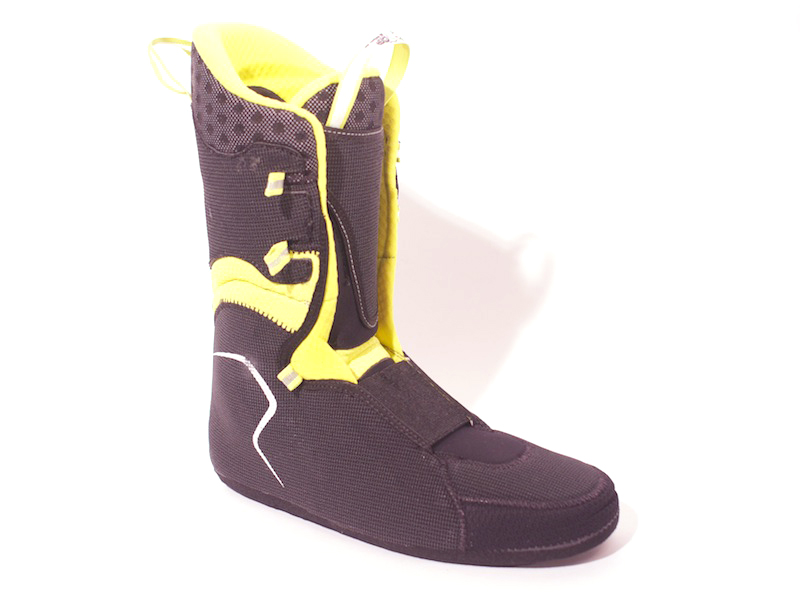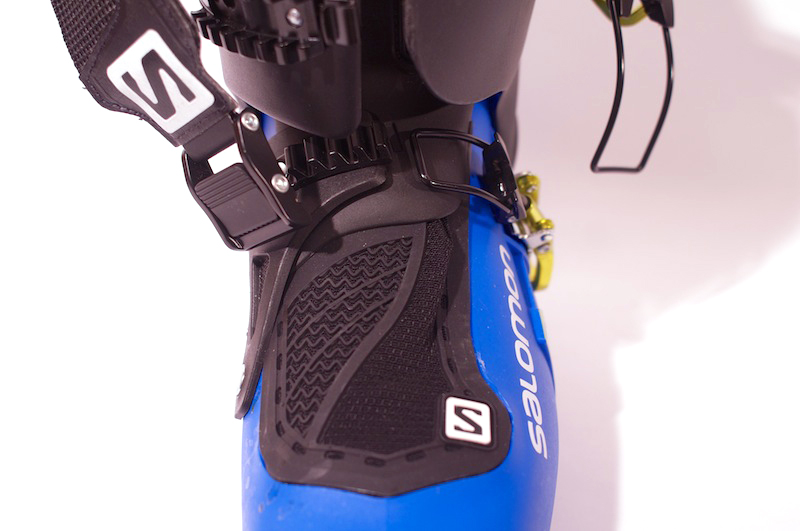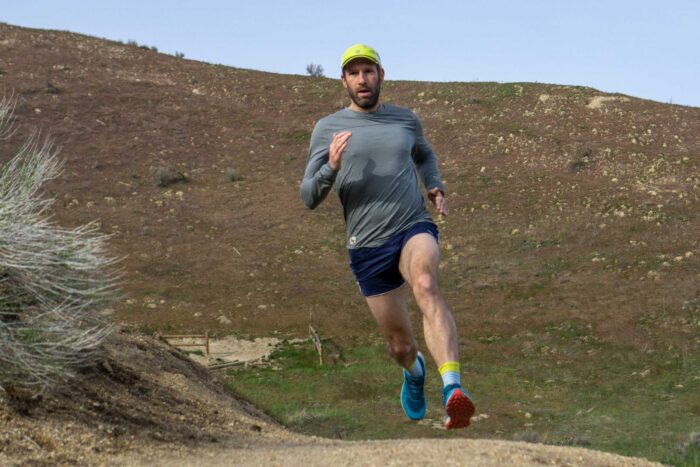
I dropped down the steep bump run, knees pistoning to keep up with my turns. On my feet were boots designed to climb uphill and charge down, the to-be-released MTN LAB by Salomon, and they were manhandling the difficult and unpredictable terrain.
The conditions at Alta were pretty mediocre for skiing, with hardpack inbounds and tracked-out, chunky snow once through the gates. It was perfectly tricky for testing a new tech boot.
It’s been a few weeks since that day at Alta, which I spent chasing pro skier Greg Hill (a record-holding ski mountaineer who worked on the boot with Salomon). I’ve had a few more days in the MTN LABs and have come to the conclusion that they are great downhill ski boots that also tour very well. But there are caveats. Read on for the details.

The Gear: Salomon MTN Lab ski boots ($950)
Available: Fall 2015
Where To Test It: Steep and deep backcountry lines that you’ve gotta earn. The boot could be a quiver killer, especially for those who spend lots of time outside the gates. With a nicely progressive 120 stiffness rating that holds up well to hard turns, this boot can drive big skis with precision and power.

















